Best Lavalier Microphones for Podcasting & Audio Recording
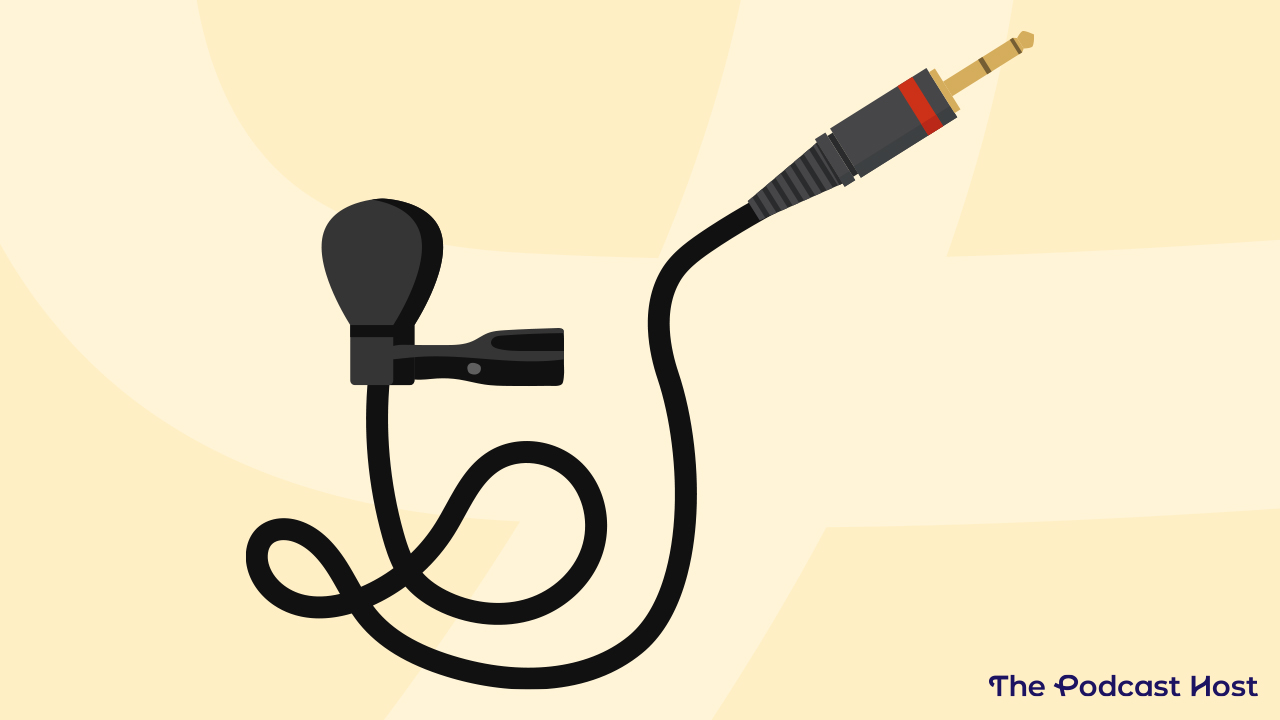
Looking for a lav mic? You’ve come to the right place. Our guide to lavalier microphones will help you choose the best option for you, your budget, and your podcast.
I’ll take a look at some of the best lavalier mics on the market so you don’t waste your hard-earned money. You’ll learn a bit about what makes lav mics such a good option for podcasters, too. But if you want to jump straight to the recommendations then have at it!
‘Lav mics’, as they’re often known (or collar mic, body mic, lapel mic), are most commonly associated with TV and film work. They’re really small microphones which pin to the speaker’s clothing, and I’m sure you’ve seen one attached to your favourite news reporter at some point.
In television, a big part of their appeal is that they are easily hidden or disguised. This makes them a great fit for video podcasting, but audio podcasters can really benefit from using them, too. Here are some reasons why:
- They are very small, light, and portable. Not everyone has a permanent recording space, so using a lavalier microphone or two can be great for the ‘whenever, wherever’ podcaster who records in the car, out walking, etc.
- They are excellent for conducting location interviews. Many people can be engaging speakers until you hold a microphone in their face, and they seize up. Lavalier mics are much less intimidating and lead to a more natural conversation.
- Smartphone lavalier microphones have really taken off now, so you don’t even need a recorder. That means your recording kit can be small enough to fit in a shirt pocket. Talk about mobile!
A quick heads up that some of the links we use here are affiliates. This helps us support the masses of free content we put out on the site at no extra cost to you should you decide to buy through them. Rest assured, affiliate links never stop us from giving our completely honest opinions on every piece of kit we talk about, either.
With that said, let’s crack on and take a look; what’s the best lavalier microphone for your situation?
What Are We Looking For In A Good Lavalier Mic?
Here, I’ll talk through different makes and models of lavalier mics and compare things like audio quality, durability, background noise, and price. As podcasters, the ultimate priority is good sound quality. But we also need to look at other factors. A particular lav mic might have a flimsy, easily broken clip, or a very short cable.
Most lavalier mics will plug into and run through a digital recorder, mixer, or computer. Sometimes, they will run on ‘Phantom Power’, which we’ll cover in the article. Smartphone lavs (which, funnily enough, plug directly into your smartphone) are becoming increasingly popular too.
But, before we jump into the recommendations, it’s worth answering the frequently asked question about recording directly into your smartphone with a lav mic.
Smartphone Lavalier Microphone vs Standard Lavalier Mic?
This is a good question and a big potential confusion. There are loads of different lavalier mics on the market, but only a select few will work directly with your smartphone.
Looking at its plug is an easy way to tell if one will work. If it has two little bands around it, then it’s a TRS plug (tip-ring-sleeve) and won’t work.
If it has three little bands around it, though, as seen in the illustration, then it’s a TRRS (tip-ring-ring-sleeve) and should work with your smartphone.
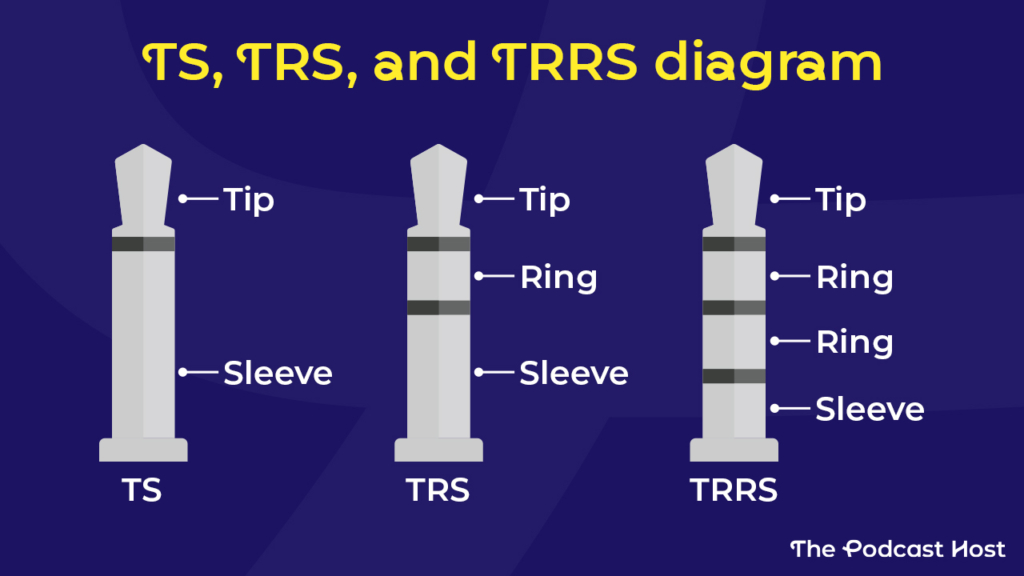
This is basically because we plug a smartphone lav into the device’s headphone jack, which is predominantly an output. Having that extra ring on the plug means it can act as both an input and an output at the same time.
That’s why you can talk through the mic on the default set of earbuds you probably got with your phone – because it’ll be a TRRS plug on there.
Rode has an adapter – the Rode SC4 – which lets you turn a TRS plug into a TRRS so you can use non-smartphone lavs into your phone this way.
This is a handy option in a pinch, but if the lav you’re using isn’t battery-powered, you can end up with a very weak signal in your recording. So, if you’re recording on your Smartphone, it’s generally wise to stick to specific smartphone lavalier microphones.
Lavalier Mics for Smartphones Without Headphone Jacks
The 3.5mm jack is becoming less common on smartphones nowadays. Your phone might have a Lightning or USB-C connection instead. The Rode AI-Micro is a great interface for connecting lav mics to your smartphone in this way, whilst the Rode Wireless Pro comes with cables and connections for every conceivable setup.
And, speaking of the Wireless Pro, let’s get started with some actual lavalier mic recommendations…
Best Lavalier Mics for Podcasters
Rode Wireless Pro – Top Option
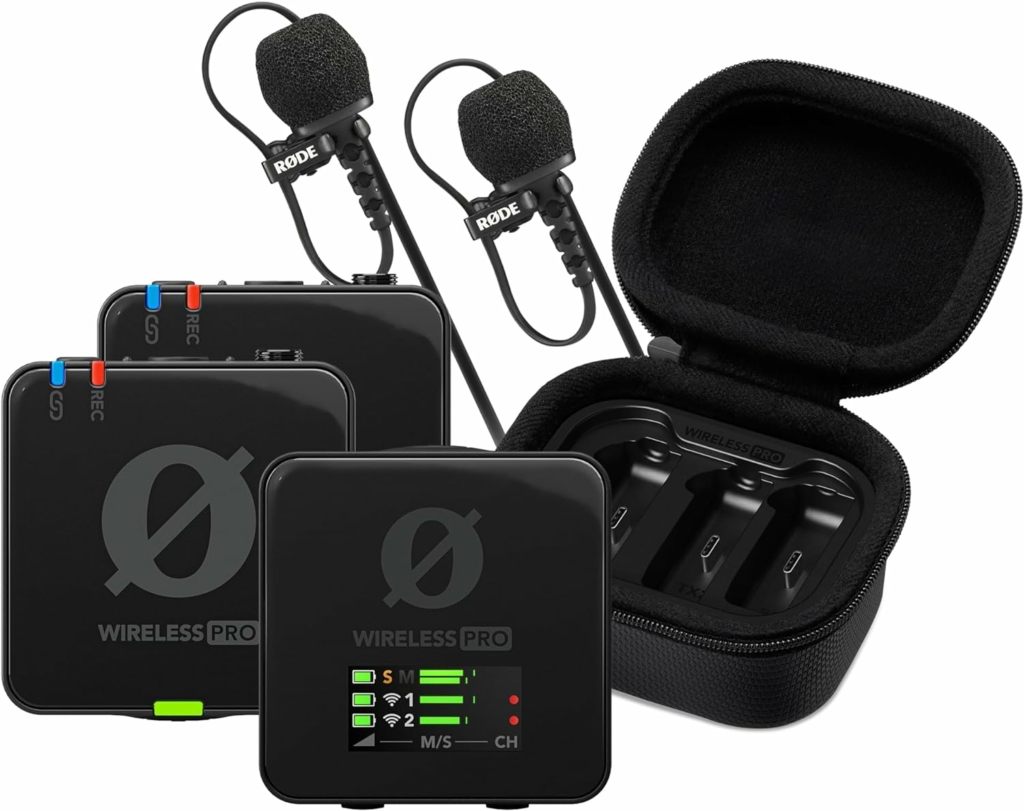
The Rode Wireless Pro is a phenomenal piece of kit, so it’s much more than “a lav mic”. Lavaliers are just one option amongst many here, as there are two Rode Lavalier II mics in the box. You can record via those or directly into the transmitters, which pin onto your clothing like lavs do (except in a much cooler way, as they use magnets to attach!)
There’s a receiver which can plug into your smartphone, computer, recorder, DSLR, or any other piece of gear. But, each transmitter also stores its recording, giving you an almost infinite number of options.
You can get the full lowdown in our Rode Wireless Pro review, but one last thing to mention here is its 32-bit floating technology, which protects your audio from distortion caused by overly loud sounds or sloppy gain settings.
Naturally, such a brilliant kit doesn’t come at an entry-level price. But considering all you get (and all the options you have), it’s a pretty great deal. If you love the wireless concept but need something cheaper, then check out the Rode Wireless Go as an alternative.
- Costs: £370/$400
- Works With: Recorder, computer, smartphone, DSLR
- Connection: Has a cable for every situation
- Powered By: Battery (USB charged)
Rode Lavalier II
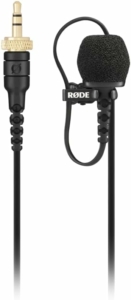
I mentioned the Rode Lavalier II, which comes as part of the Rode Wireless Pro kit, and on its own, this is also a top lav mic option for podcasters – especially if the Wireless Pro seems like overkill (and over budget) for you.
- Costs: £90/$90
- Works With: A digital recorder, receiver, or mixer, or directly into your computer
- Connection: 3.5mm
- Powered By: Plug-in power
Here’s a sound sample of the Rode Lavalier Go from the Rode Wireless Pro review…
Rode Lavalier Go
At risk of this turning into the Rode show, here’s yet another option from the company – the Rode Lavalier Go. It’s fairly similar to the Rode Lavalier II, with a few small exceptions:
- The Lavalier II mic is slightly bigger and feels more durable
- The Lavalier II has a screw lock to prevent it from being yanked out, mid-recording
- The Lavalier II costs $15-$20 more
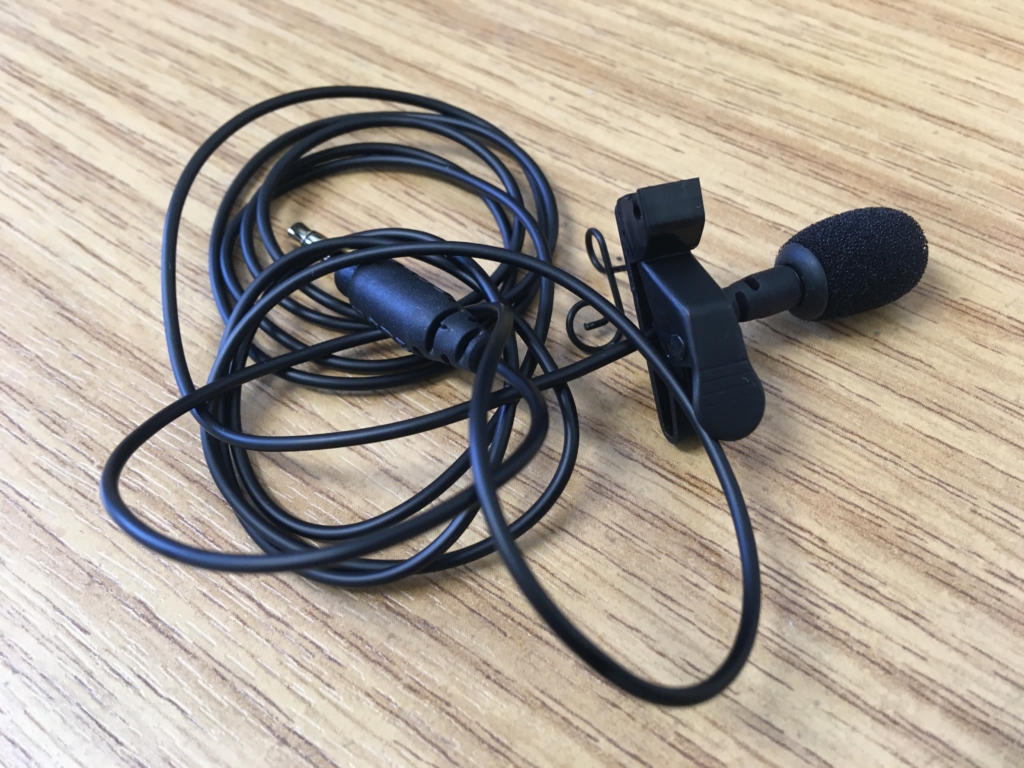
The Rode Lavalier Go is a great ‘all-rounder’ lavalier mic option, and it seems to tick every box in terms of sound quality, build, and price. See our review of the Rode Lavalier Go to get the full lowdown.
- Costs: £57/$75
- Works With: A digital recorder, receiver, or mixer, or directly into your computer
- Connection: 3.5mm
- Powered By: Plug-in power
The Movo LV8-D XLR Lavalier Microphone
The Movo LV8 is theoretically a more pro-level lavalier microphone than the others here, coming with an XLR connection as standard. This means it plugs directly into a high-quality recorder like the Zoom H5 or the Zoom H6, with no adapters required. Another bonus is that it can then be phantom-powered, so you get a really nice level of gain.
We tested out the Movo LV8 mics and found them to be a decent option if you have an XLR recorder. We did end up with one broken unit, but I’m sure that was just bad luck, and the other unit was great quality and with a solid build.
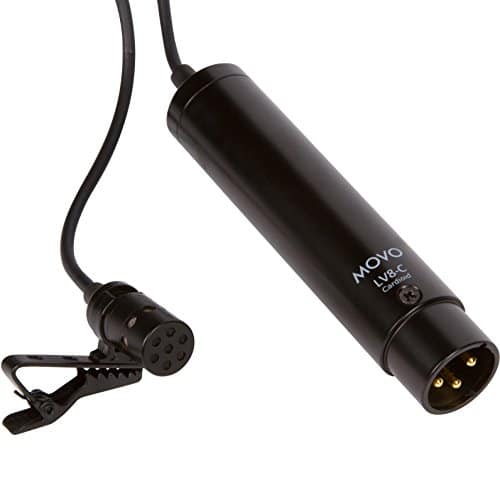
- Costs: £75/$70
- Works with: Digital recorder or interface with XLR input
- Connection: XLR
- Powered by: Phantom power
Giant Squid Podcasting Omni Stereo Lavs
The Giant Squid Podcasting Omni Stereo mic is a unique, hand-built model that feeds two quality lav mics into one plug, and provides a stereo recording.
It’s ideal for interviews and co-hosted podcasts which are recorded locally. The mics will record on either side of a stereo track, which can be split in post-production, offering independent control over their levels.
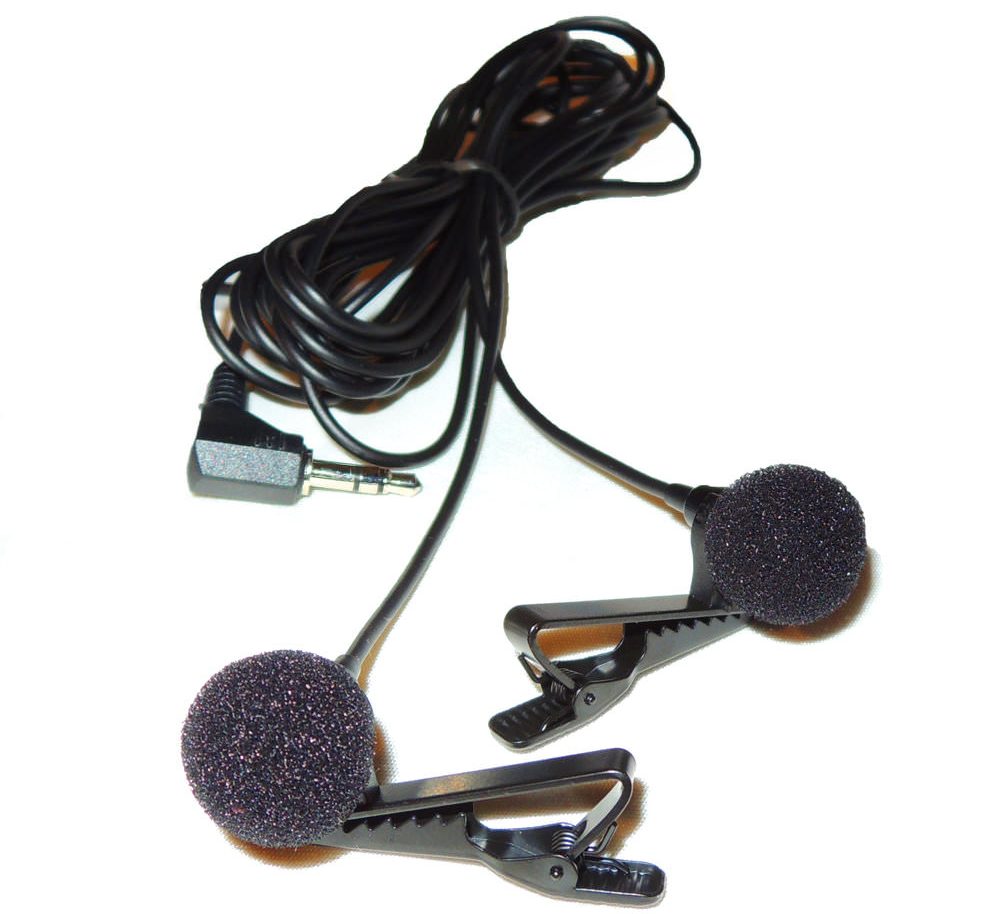
- Costs: From $66
- Works With: A digital recorder or mixer, or directly into your computer
- Connection: 3.5mm
- Powered By: Plug-In Power
The Best Lavalier Mics for Smartphones
Plan to podcast exclusively with your smartphone? Our top option, The Rode Wireless Pro, works well in this type of setup. But it’s definitely not your only option.
Remember that your smartphone might not have a 3.5mm jack if it’s a newer model. If so, you’ll need an adapter/interface like the Rode AI-Micro.
The BOYA BY-M1 Smartphone & Digital Camera Lavalier
So, this is definitely the budget option in this best lav mics roundup.
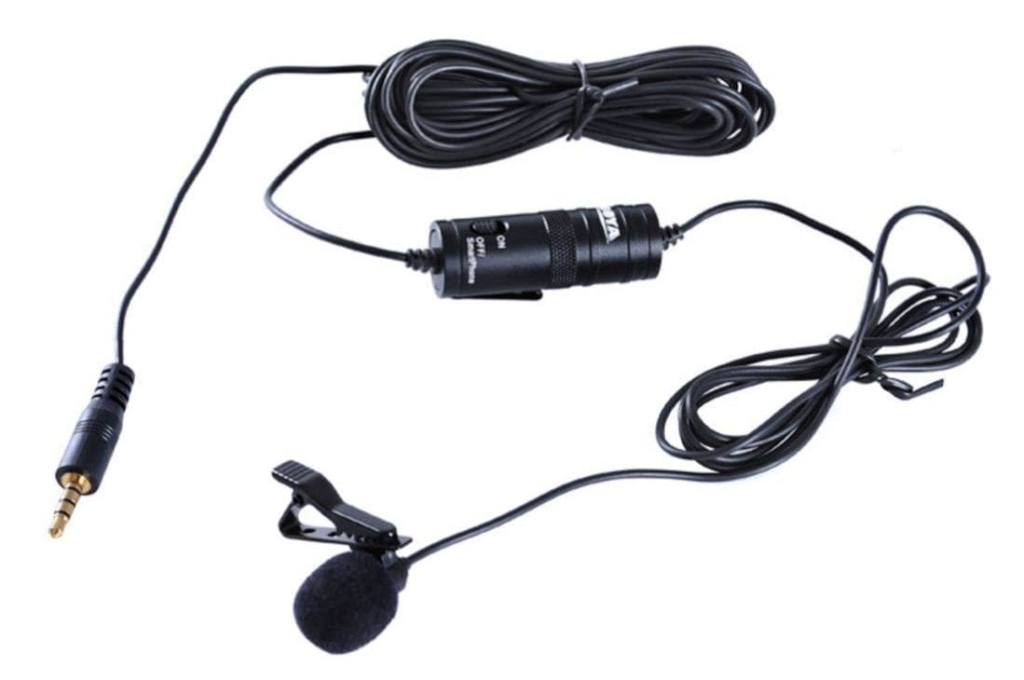
The BOYA BY-M1 is similar to one of our favourite (non-smartphone) lavalier mics in many ways – the (sadly now discontinued) ATR3350.
It has a 6m (236″) long cable, which, like the 3350, can be a curse or a blessing, depending on whichever way you look at it.
- Costs: £15/$15
- Works With: Smartphones, digital cameras, camcorders
- Connection: 3.5mm (TRRS)
- Powered By: Cell battery
The Rode SmartLav+ Lavalier
Price – $60/£55
The Rode Smartlav+ is perhaps the best-known of all smartphone lavalier mics, building on the reputation they built with the original Rode Smartlav.
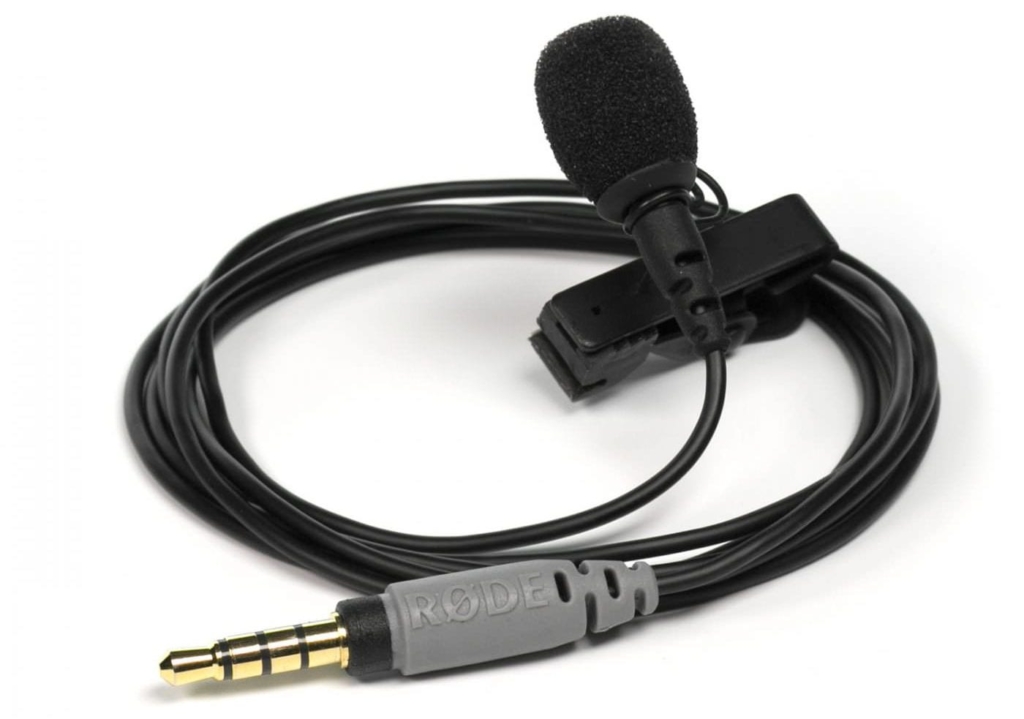
The Smartlav+ is powered by your phone, so doesn’t need its own battery. This means you’ll need to turn the gain up a little higher than if you were using a self-powered mic like the BY-M1.
The Smartlav’s cable is the shortest of the three of our Smartphone lavalier mic options here, with a length of 115cm (45″). This can be a little awkward if you’re recording a video on your phone while using the mic. But, for many, less cable means less complications!
- Costs: $60/£55
- Works With: A smartphone
- Connection: 3.5mm
- Powered By: Plug-In Power
The Shure MVL Smartphone Lavalier
Shure are a legendary microphone manufacturer. Traditionally a major player in the analogue mic world, they’ve released a handful of USB and smartphone models in recent years as the digital media world continues to grow.
The Shure MVL is their take on the smartphone lavalier, and it’s pretty similar to the Rode Smartlav+ in many ways.
It’s also a ‘plug in and play’ with no battery requirements.
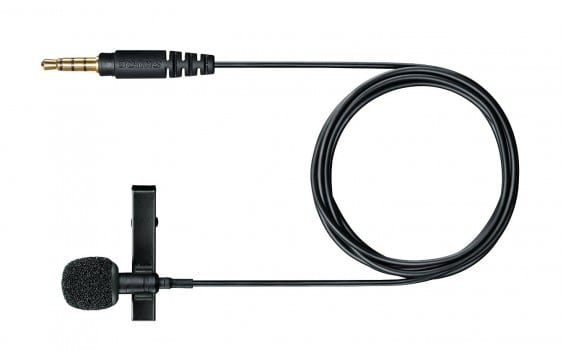
The Shure MVL’s cable length is 50″ (127cm), making it slightly longer than the Rode Smartlav +, though both fall miles short of the BOYA BY-M1 on this front.
- Costs: $70/£60
- Works With: A smartphone
- Connection: 3.5mm
- Powered By: Plug-In Power
Using 2 Smartphone Lavaliers at the Same Time
Lavalier mics are very much solo mics, so if you’re doing an interview or co-hosted show, you’ll need to use two.
The problem is, your phone only has one headphone jack at most – which means you’ll also need an adapter or interface.
In the past, we recommended the Rode SC6 for this. But, as you’ll know by now, many new smartphones don’t even have a 3.5mm jack.
With that in mind, a great alternative is Rode’s AI Micro. It’s a recording interface so small it can fit in your pocket. It weighs in at a whopping 13 grams, and you can plug it into your smartphone, too. In our dedicated Rode AI Micro review, Sarah tested it with a few different lavalier mics. Check it out, take a listen, and see if it’s for you.
Obviously Rode will have designed the AI-Micro for use with their Smartlavs, but it works with any other TRRS mic too, such as the MVL or the BY-M1.
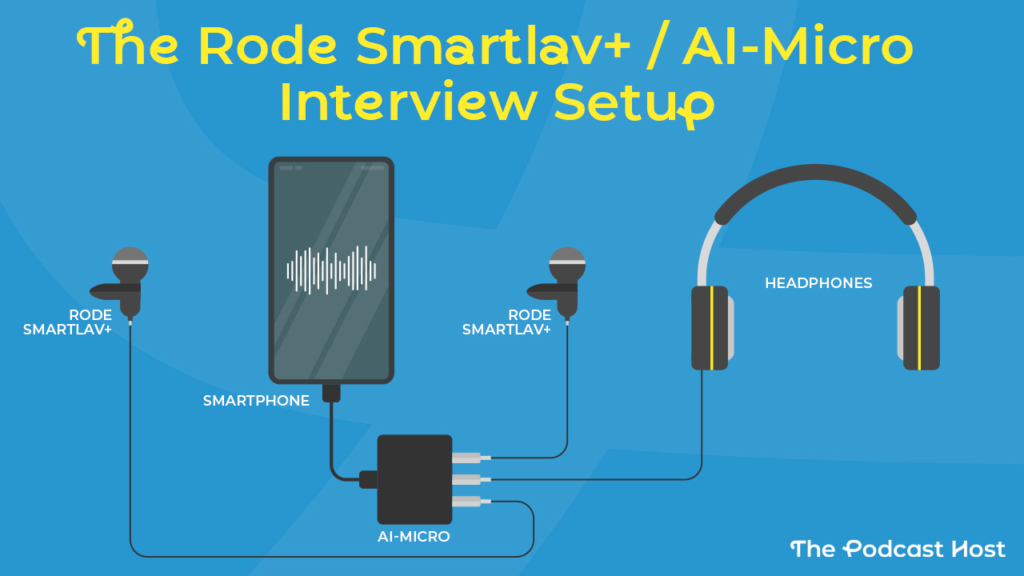
You can mix and match your mics here, but for a more consistent sound level, I’d recommend using two of the same microphones if you can.
Comparing Smartphone Lavalier Sound Samples
Here are all three clips running one after the other: the BOYA BY-M1, the Rode Smartlav +, and the Shure MVL.
These clips were recorded with the Shure MOTIV app on the iPhone 5.
The Smartlav+ and MVL sound samples were recorded with the gain set to 100%, whilst the BY-M1 was recorded at 77%.
If you’re podcasting with your smartphone, be sure to download a recording app that lets you set your gain manually. Otherwise you can end up with clipped and lower quality audio.
All three samples were normalised to -3dB in Adobe Audition. No cleaning, EQ, or any other post-processing was applied.
The samples were recorded in the office, rather than the studio. As lavs are often an on-the-go option, you’ll rarely record in properly sound-dampened conditions.
Choosing your Lavalier Microphone
If you’re looking for a Lavalier microphone to record podcast episodes or interviews, then, for me, you’ve got three choices.
If you’re happy recording, solo, on your Smartphone, then get hold of a Rode Smartlav+.
It’s great quality, and a decent price. It’s worth being aware of the risk in recording on your phone, but stick it on airplane mode and you’ll find that modern smartphones are super reliable.
Plus, the option to work with 2 x Smartlav+ mics thanks to the Rode AI-Micro is brilliant. For me, there’s no easier way to grab a 2-way interview on the go.
Finally, the Rode Lavalier Go is a great choice if you want to record on a dedicated digital recorder.
This is the most reliable, robust way to record, and you can find our audio recorder recommendations here. You can combine two Rode Lav Go’s with a Zoom H5 or H6, and a couple of 3.5mm to 1/4″ adapters, to do great two-way interviews. Or, if your recorder only has a 3.5mm input, go with two RLGs into a splitter.
Need More Help Choosing or Setting it Up?
Remember, we offer live Q&A sessions every single week inside our Podcast Host Academy. You can ask all of your gear questions in there, and we’ll help you make the right choice and get it all set up correctly.
Alongside that, we have a wide range of courses, from launching your show to growing your audience and monetising the result. Join us, and we can help you build a successful podcast!
